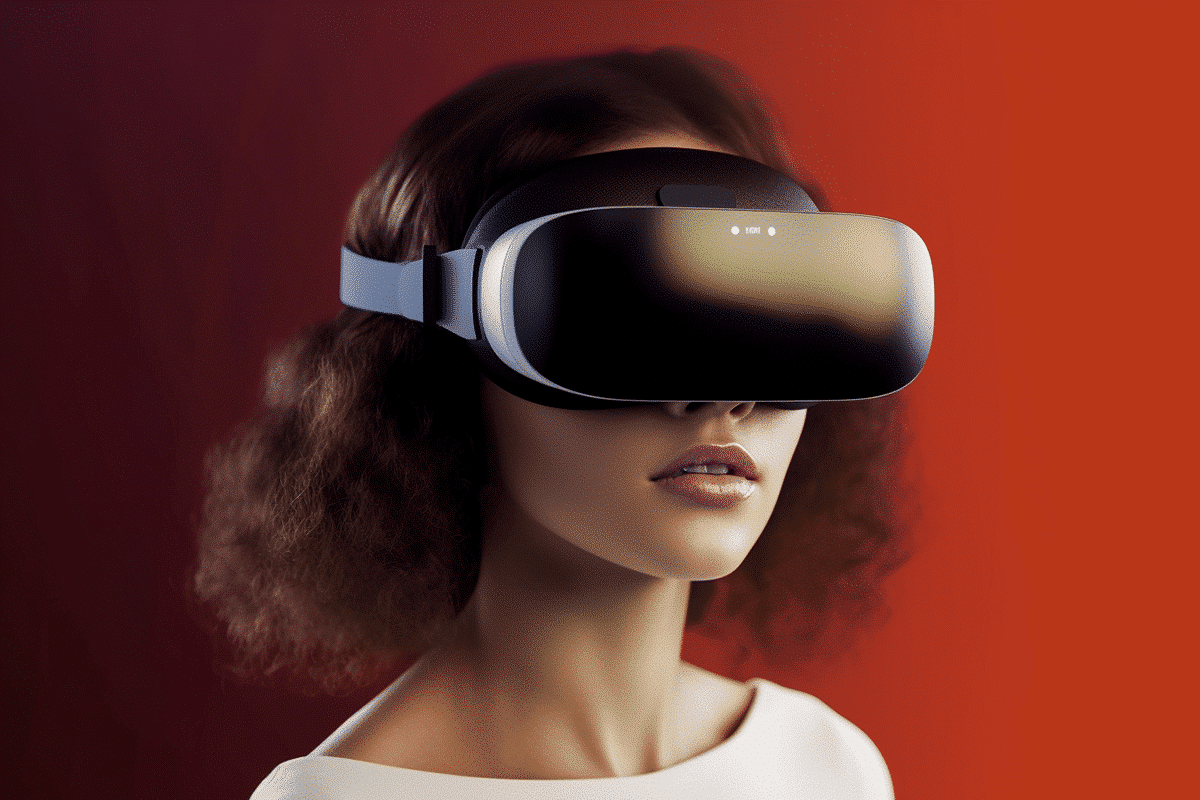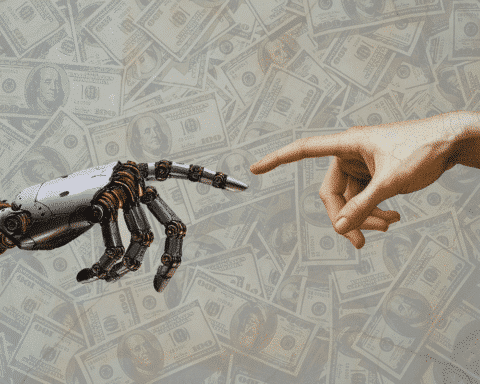Apple, a company always at the forefront of innovation, is on the verge of a significant upgrade to its Vision Pro mixed reality headset with the integration of generative artificial intelligence (AI). This move comes amid broader efforts to infuse new life into its product lines, with generative AI tools expected to debut for iPhone and iPad in the coming week.
The Vision Pro, launched a few months ago, has already made waves in the tech industry but is perceived as ripe for enhancement. The inclusion of generative AI could transform the device, offering unprecedented levels of personalization and immersion, which could not only improve user experience but also open new avenues for business applications, particularly in the sectors of education and healthcare.
Generative AI is renowned for its ability to generate comprehensive and contextually relevant responses from simple prompts, which makes it an ideal candidate to supercharge the Vision Pro’s capabilities. Experts predict that the most immediate benefit would be a smarter virtual assistant, a supercharged version of Siri, capable of performing complex tasks such as real-time language translation, managing smart home devices through voice commands, and enhancing workplace collaboration with virtual tools.
Beyond these user-focused enhancements, the potential for business applications is vast. Apple’s recent earnings call highlighted that more than half of the Fortune 100 companies have already invested in the Vision Pro, exploring innovative ways to leverage the technology. This business interest underscores the headset’s potential to transform enterprise operations, making tasks like real-time troubleshooting and employee training more interactive and effective. For instance, a field service worker could use the headset and AI to diagnose and repair machinery with step-by-step holographic assistance.
The Vision Pro, priced at $3,499, faces challenges in mainstream adoption, notably due to its limited app ecosystem and reliance on a battery pack for power. However, these generative AI integrations could enhance the creation of engaging content accessible to developers of all skill levels, which is crucial for attracting a broader audience. The technology promises to simplify the creation of 3D models, immersive scenes, and avatars, which could notably benefit sectors like education and gaming.
In education, for example, teachers could quickly design VR content that aligns with their curricula, overcoming previous barriers related to the cost and complexity of content creation. In gaming, AI can populate virtual environments with dynamic non-player characters, enriching the social aspects of virtual reality platforms that often feel underpopulated.
The competitive landscape also sees tech giants like Google and Samsung incorporating AI into their offerings, while Meta is reportedly exploring a partnership with Microsoft to integrate similar technologies into its Quest headset lineup. This underscores a broader industry trend where major players recognize the transformative potential of AI.
Apple’s strategic direction appears to be towards making generative AI a cornerstone of its ecosystem, enhancing devices from smartphones to headsets. While the timeline for AI’s integration into the Vision Pro remains uncertain, the consensus among industry analysts is that it’s a matter of when, not if, this technology will redefine the user experience.
As Apple prepares for its Worldwide Developers Conference in Cupertino, the tech community is abuzz with anticipation. The potential unveiling of new AI capabilities could set a new standard for what mixed reality devices can achieve, positioning Apple not only to catch up with but possibly surpass its competitors in this rapidly evolving market space. The focus now turns to how quickly Apple can implement these powerful AI tools across its products, starting with the devices already familiar to users worldwide.




